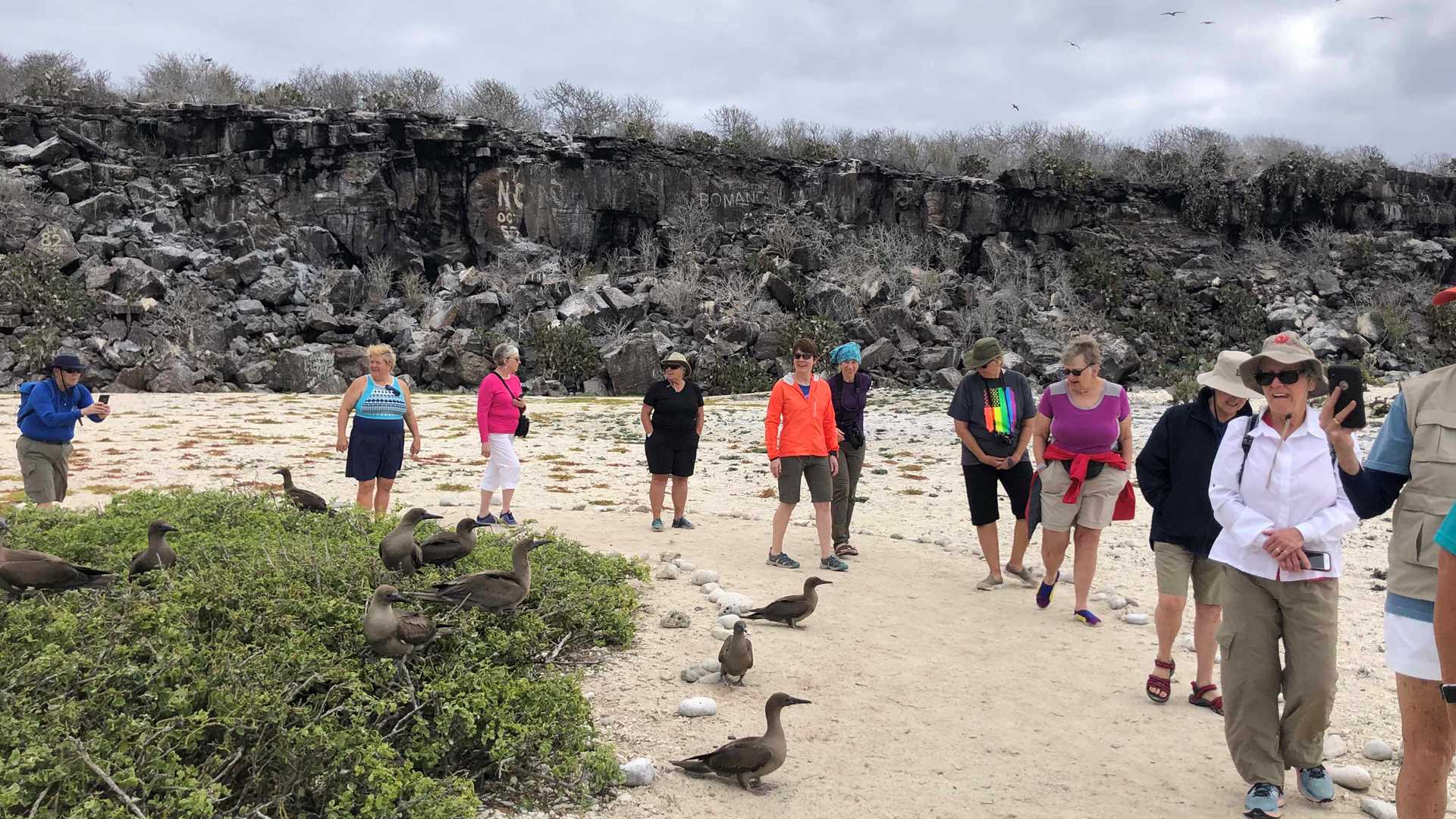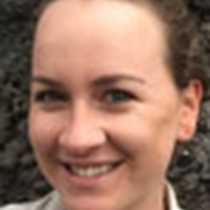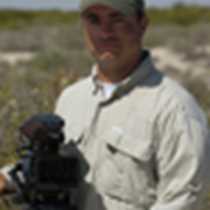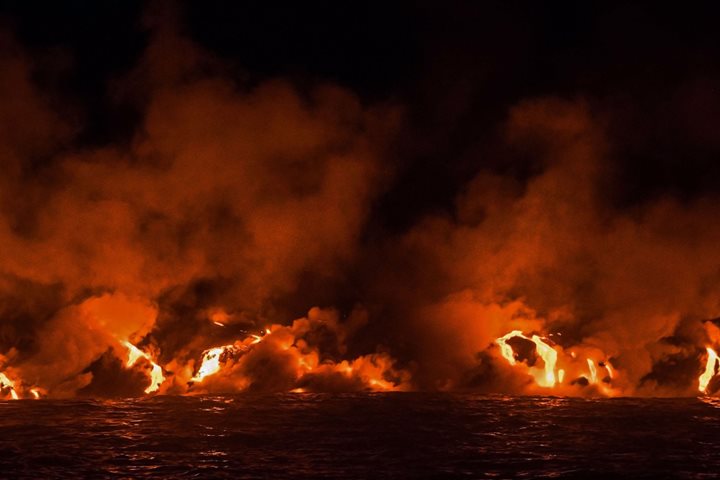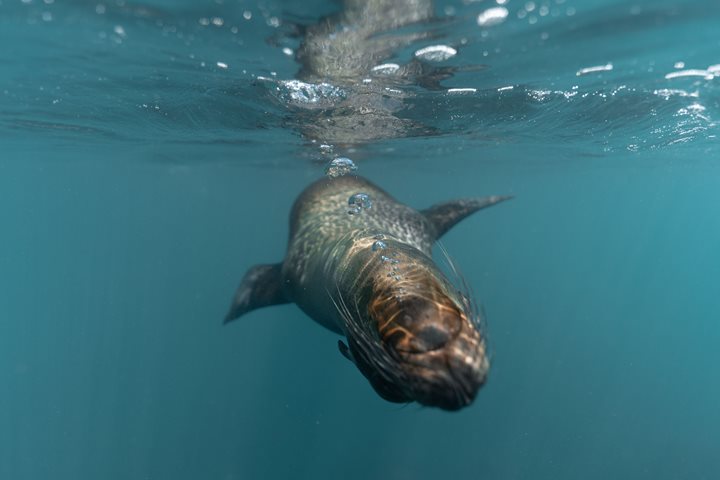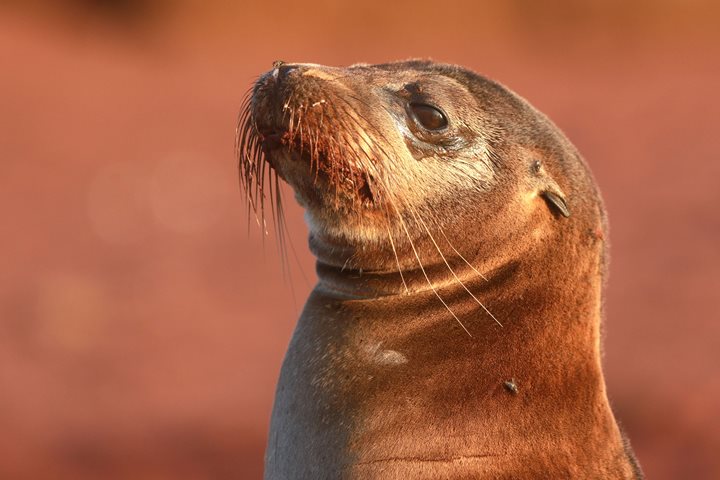On our final day of exploration, National Geographic Islander anchored at Genovesa Island. Although it is our last day, there were still a few surprises and new discoveries. The red-footed booby was today’s highlight and being surrounded by more than a million seabirds was like being in a natural paradise. Great fun was also had snorkeling, kayaking, paddleboarding, and hiking. We will remember this expedition for the rest of our lives!
- Daily Expedition Reports
- 23 Nov 2019
Genovesa Island, 11/23/2019, National Geographic Islander
- Aboard the National Geographic Islander
- Galápagos
Ixora Berdonces, Naturalist
Ixora was born in the Galapagos Islands, back when the streets were made of sand and gravel. Void of TV and tablets, her childhood friends and pristine natural surroundings made for an inspiring upbringing. She was always drawn to the ocean and her l...
Read MoreJames Napoli, Videographer
Jim was born in rural New England where he quickly developed an appreciation for the outdoors and a love of exploration. Four years with the U.S. Navy further enhanced his appetite for travel. Always interested in the visual arts, he studied Televis...
Read MoreShare Report
Related Reports
11/23/2022
Read
National Geographic Islander II
Isabela and Fernandina
Our day began with the chance to point out a lot of interesting geological features as we enjoyed Zodiac tours along a massive flank of Ecuador Volcano on Punta Vicente Roca. In the afternoon, we took a sunny walk on Punta Espinoza on Fernandina Island. We spotted many iguanas, and a bunch of sea lions hanging around, too.
11/22/2022
Read
National Geographic Islander II
North Seymour & Rabida Islands
Relatively small and low compared to neighboring Santa Cruz, North Seymour is located to the north of Baltra. The island is dry with predominantly low shrubs, like prickly pear cacti. The incense trees are bare during the dry season. Seabirds like frigatebirds and blue-footed boobies nest on the island, and sea lions rest on the sand when they are not fishing. Land and marine iguanas also live here. Rabida is in the middle of the archipelago and has a striking red sand beach. We observed a small colony of sea lions of all ages resting or nursing. Behind the beach, American flamingos nest in a brackish lagoon. This island is full of contrasts and wildlife that we enjoyed observing during this day of expedition.

